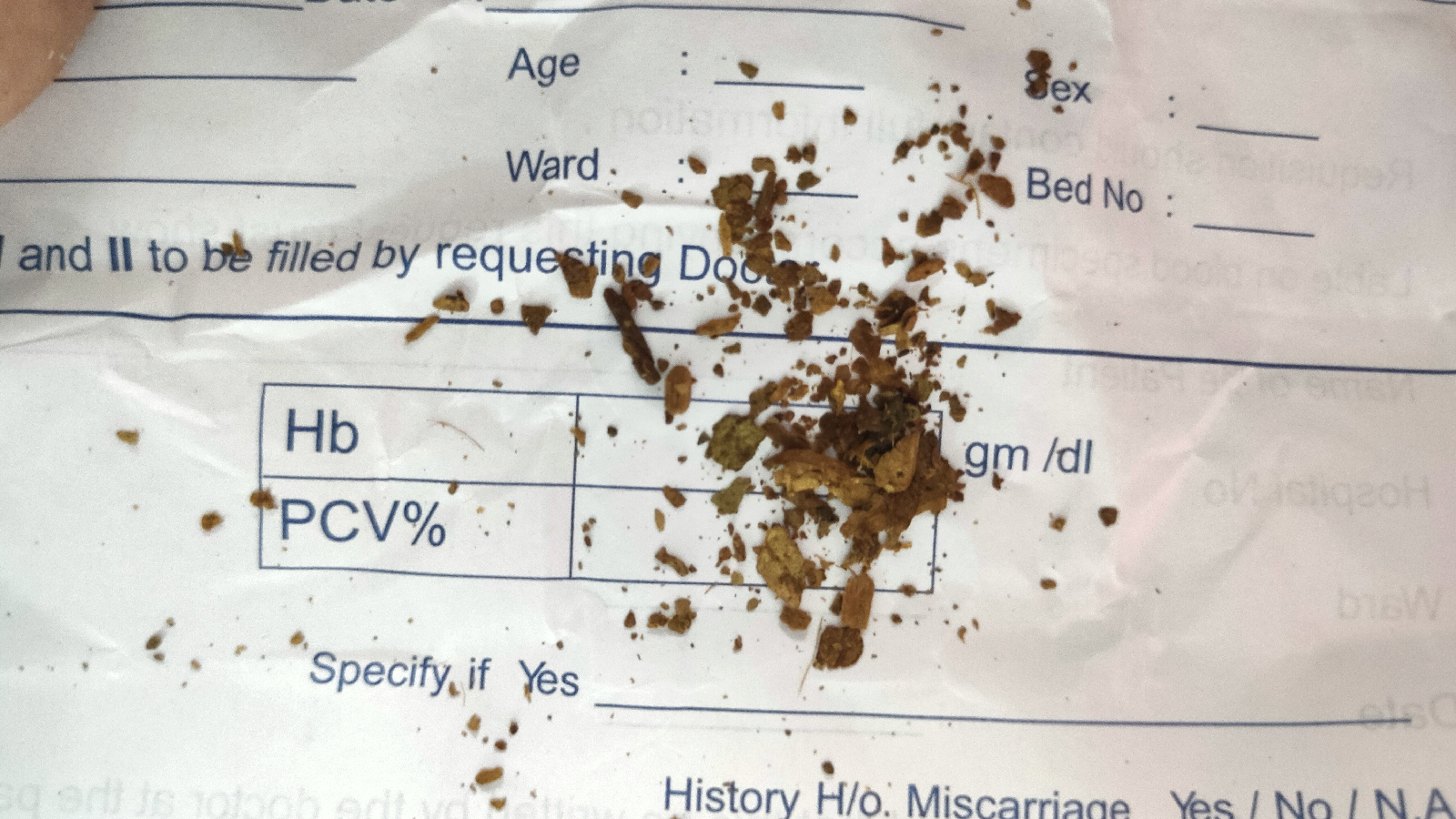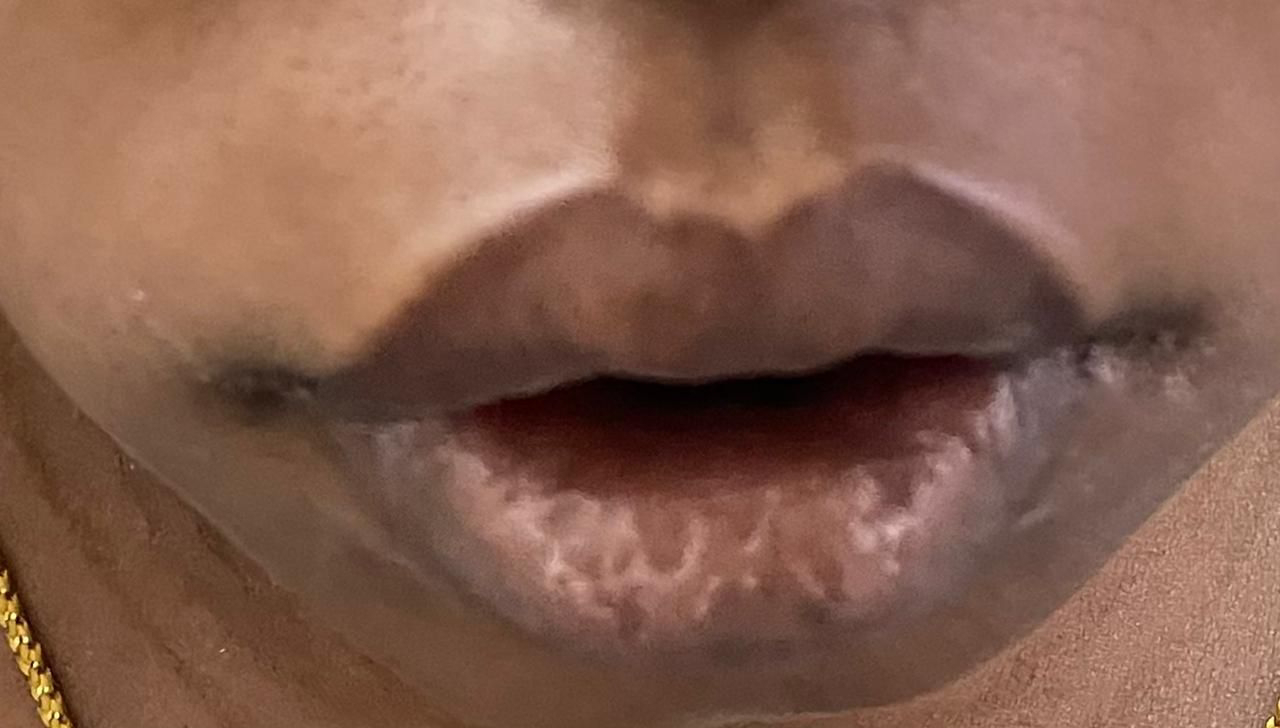Case of 18year old with bilateral lower limb weakness
I've been given these three cases data here
https://medicinedepartment.blogspot.com/2020/05/case-based-online-learning-assignment.html?m=1 to solve in an attempt to understand the topic of "paraparesis."
b) Tone: Normal
https://medicinedepartment.blogspot.com/2020/05/case-based-online-learning-assignment.html?m=1 to solve in an attempt to understand the topic of "paraparesis."
I've been given this case to solve in an attempt to understand the topic of "patient clinical data analysis" to develop my competency in reading and comprehending clinical data including history, clinical findings, investigations and come up with a diagnosis and treatment plan.
You can find the entire real patient clinical problem in this link here..
https://hitesh116.blogspot.com/2020/05/elog-13th-may-2020.html?m=1
Following is my analysis of the given patient's problem
The problems in order of priority according to my perspective are:
- The weakness of bilateral lower limbs
- History of difficulty in squatting position and getting up from the same
- History of difficulty in wearing and holding chappals
Weakness:
- Weakness started in the proximal region of the lower limb from two years which is insidious in onset and gradually progressive then progressed to the bilateral distal region of lower limbs.
- On examination, reflexes absent in both lower limbs.
UMN lesion:
Hypertonia, hyperreflexia, and spasticity
LMN lesion:
Hypotonia, hyporeflexia, and flaccidity
Thus from above, this weakness is due to the LMN lesion.
Exactly where in LMN?
LMN sites:
- Anterior horn cell
- Ganglion
- Spinal nerve root
- Plexus
- Peripheral nerve
- Neuromuscular junction
- Muscle
On examination
- Higher mental functions - Normal
- Cranial nerves - Intact
- Sensory system - Normal
- No meningeal signs
- No cerebellar signs
- Motor system -
b) Tone: Normal
c) Reflexes: Absent in both lower limbs
d) Power: (4-/5)
Muscle biopsy shows site of lesion is muscle.
Is it intermittent or persistent weakness?
- If intermittent weakness, then check for myoglobinuria....thus, this patient has no rhabdomyolysis.
Differential diagnosis:
- Drug-induced myopathy
- Hypothyroidism-induced myopathy
- Myotonic muscular dystrophy
- Chronic inflammatory demyelinating polyneuropathy
- Duchenne muscular dystrophy
- Becker's muscular dystrophy
There is no relevant history of drug intake such as statins, glucocorticoids etc.
Therefore, it can be ruled out.
2. Hypothyroidism-induced myopathy:
The thyroid function is normal. So, it can be ruled out.
3. Myotonic muscular dystrophy:
- It is an autosomal dominant pattern
- Type 2 Myotonic dystrophy: Proximal muscle weakness is prominent
- In the given case, there is no family history of myotonic dystrophy
- As there is no hatchet face, frontal baldness, neck muscles involvement
4. Duchenne muscular dystrophy:
As Duchenne muscular dystrophy onset is before 5 years but in this case, the onset is delayed.
And in the given case, higher mental functions are normal and no mental retardation.
Thus, Duchenne muscular dystrophy can be ruled out.
5. Chronic inflammatory demyelinating polyneuropathy (CIDP):
The symptom 'Symmetrical involvement of lower limbs' made me consider CIDP.
The chief complaint of CIDP: Slowly progressive symmetrical weakness of both muscles around the hip.
In CIDP, nerve conduction studies are abnormal but in this patient, these are normal. Moreover, to completely rule out this disease, we have to do Lumbar puncture.
For time being, we can rule out this.
6. Becker's muscular dystrophy:
Suggestive points for Becker's muscular dystrophy
- Progressive weakness of lower limbs
- Primarily affects males
- Elevated serum creatinine kinase
- Reflexes are absent
- Muscle biopsy
There is no proper cure for Becker's muscular dystrophy.
- Management aims to help with symptoms and improve the quality of life. Therefore, prednisolone (corticosteroids) are used. to mitigate symptoms.
References:
- https://en.m.wikipedia.org/
wiki/Myopathy - https://rarediseases.info.nih.
gov/diseases/5900/becker- muscular-dystrophy - https://rarediseases.org/rare-
diseases/chronic-inflammatory- demyelinating-polyneuropathy/ - https://www.ncbi.nlm.nih.gov/
books/NBK519513/ - https://www.ncbi.nlm.nih.gov/
pmc/articles/PMC3092639/ - https://ghr.nlm.nih.gov/
condition/myotonic-dystrophy - https://pubmed.ncbi.nlm.nih.
gov/11732779/





Comments
Post a Comment